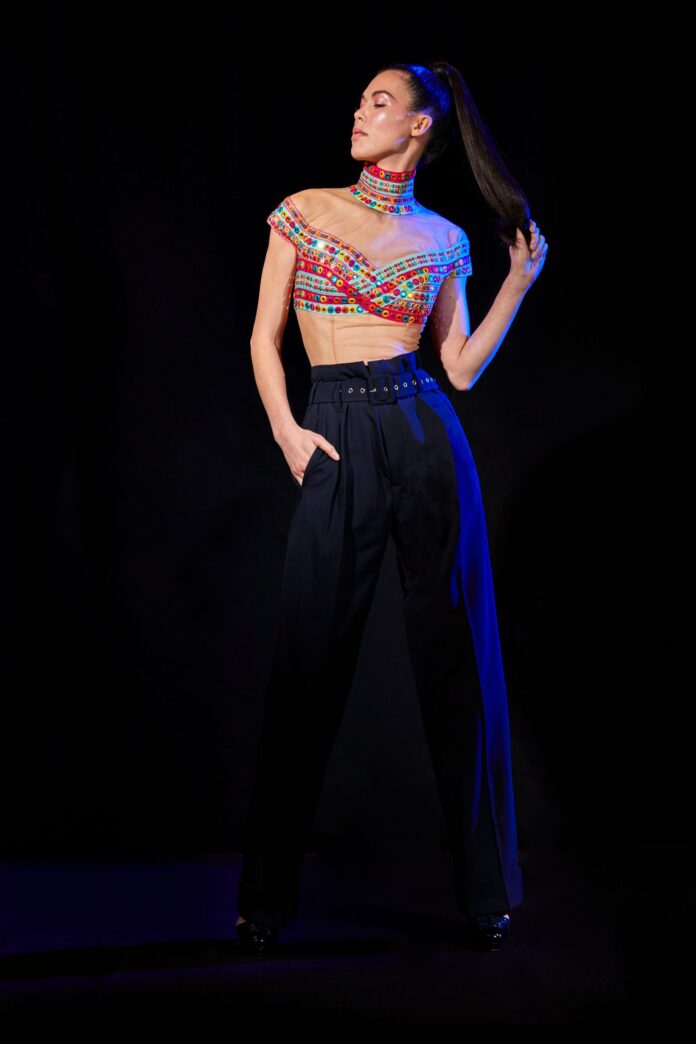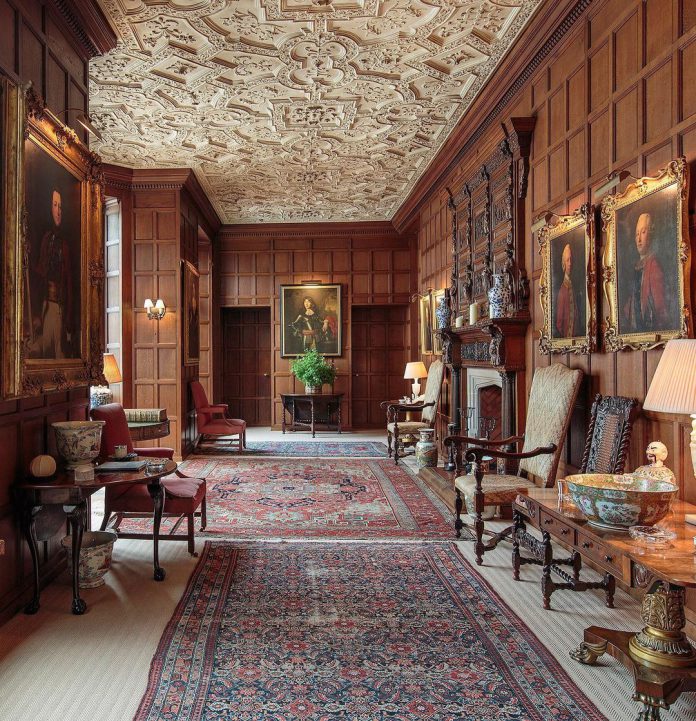-
- Luminarias at Spain, annually on January 16
One of the most prominent traditions in the Spanish community of San Bartolome de Pinares is the celebration of Luminarias. It involves riding horses through smoke and flames to cleanse and preserve the animals for the coming years. Every year, on January 16, the night before the commemoration of Saint Antony the Abbot, widely known as the patron saint of animals, this practice is observed.
The custom, which is said to be over 500 years old, is meant to purify and protect the animal for the next year. During the festivities, riders ride their horses through the tiny cobblestone streets and past blazing fires. After an hour of the activities, guests begin dancing and drinking.
-
- Cheltenham, England – a four-day spectacle in March
The Cheltenham Festival is unlike any other — the explosive atmosphere of this legendary jump race meet must be seen first-hand. It is the chance to see the best of the jump racing world compete at the highest level, with a strong Irish representation each year and numerous Grade 1 events.
Cheltenham Racecourse has a long history in British horse racing, and it hosts some of the world’s best racehorses.
The build-up to Cheltenham now takes up the majority of the steeplechase season. The Gold Cup is one of the most anticipated events at the Cheltenham Festival. It is the most prestigious and valuable race of the meet, held on the last day.
Due to the large Irish participation each year, the festival has a distinct vibe. For millennia, the Irish have travelled to Cheltenham and have created several victors. Furthermore, because the festival’s dates coincide with St Patrick’s Day, the event has a tremendous festive vibe to it.
-
- Mata, Morocco, annually in October
In the distant plains of northern Morocco, a festival of a unique equestrian game takes place.
Arab tribes from the north meet to play a horseback version of “capture the flag,” with the objective of capturing a puppet. This game is known as Mata. Locals and visitors alike go to watch some of the most daring bareback riding in North Africa on this softer version of the Afghani buzkashi.
It is a saddleless race in which roughly a hundred riders from six tribes in northern Morocco compete. These riders vie for a rag doll fashioned by the matriarchies, the women of Beni Arous, in the province of Larache. In the past, whoever won the doll had the option of selecting a bride as a trophy. Mata is another name for this raggedy relic.
But now, men no longer see women as prize; instead, they compete with her.
-
- Chagu Chagu Umakko, Japan, second Saturday of June
Northern Japan’s Chagu Chagu Umakko event is an annual celebration held to commemorate horses and express thanks for their service. Every year, over 100 horses are adorned in elaborate ceremonial attire and marched from one horse shrine in Takizawa to another in Morioka. Residents from all across the area flock to see these gigantic drafting horses and their little riders, who are mainly small children.
Iwate Prefecture has been noted for horse breeding from ancient times. In Iwate, humans, and horses have traditionally coexisted, frequently under the same roof.
The Chagu Chagu Umakko Festival originated around 200 years ago as a way for farmers to give their horses a break from the hardships of rice cultivation and pray for their health at the chapel.









